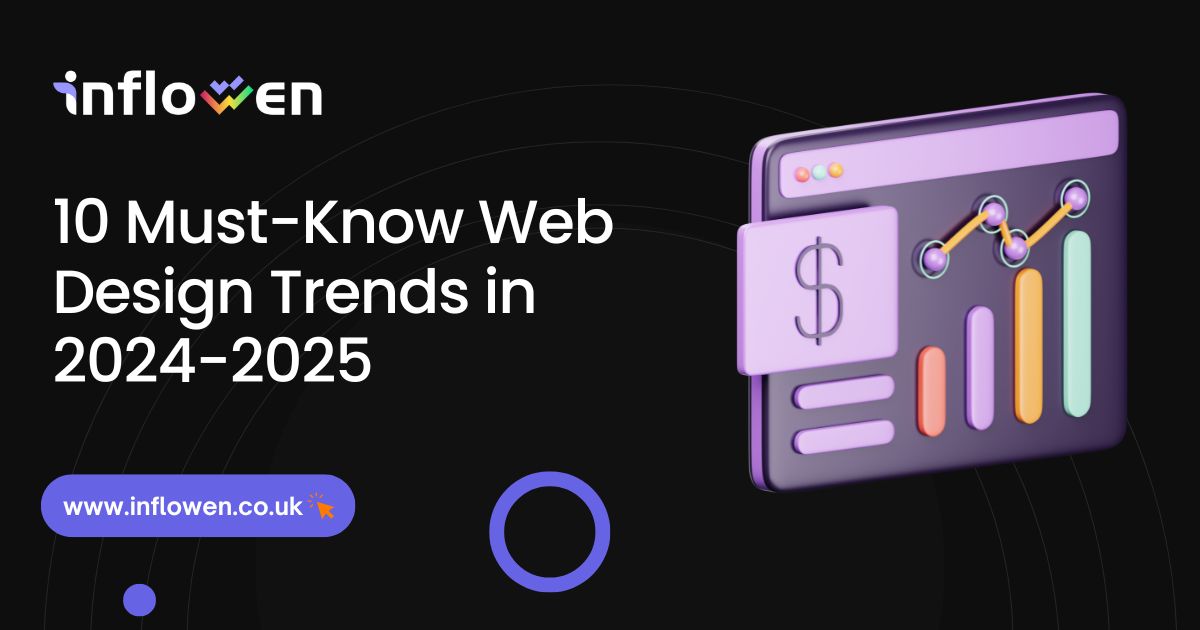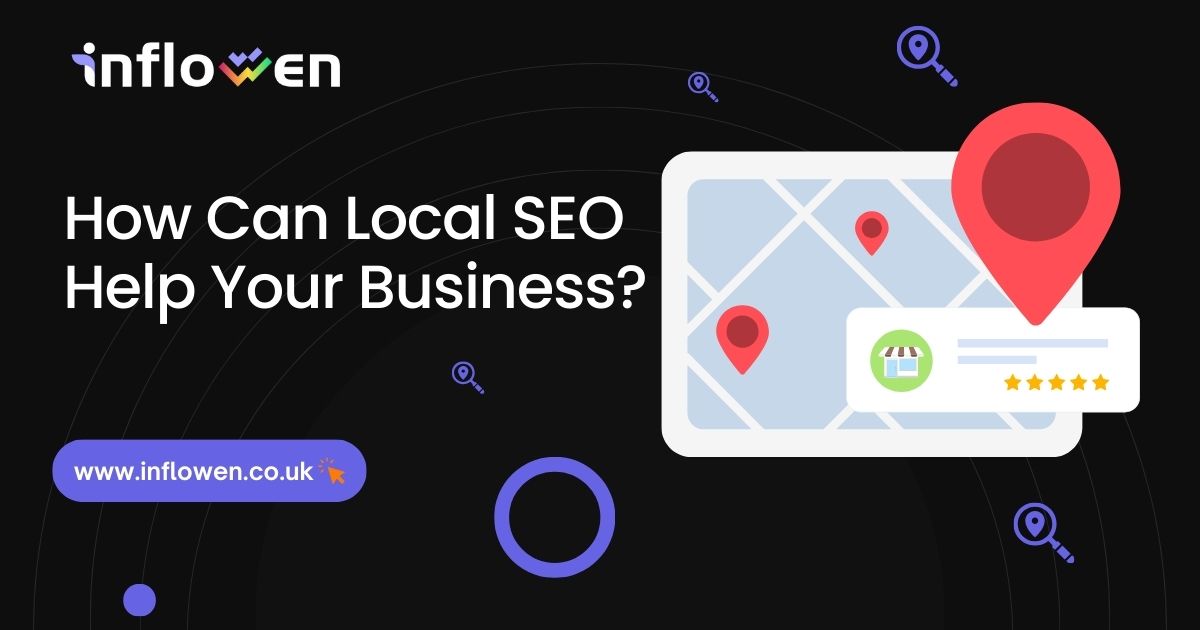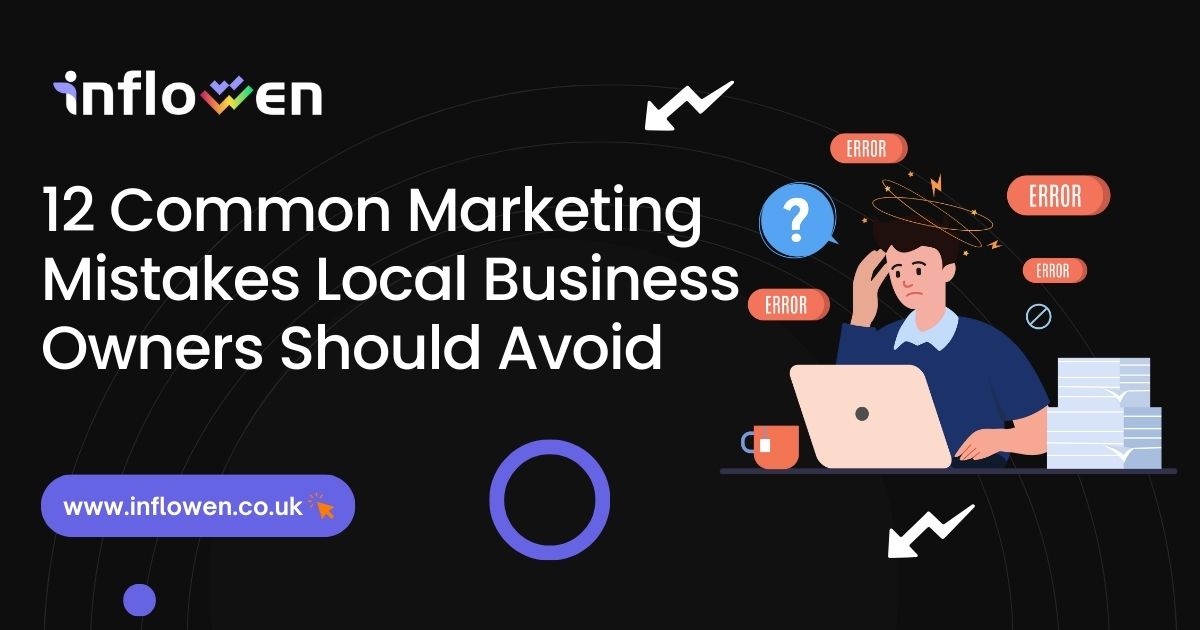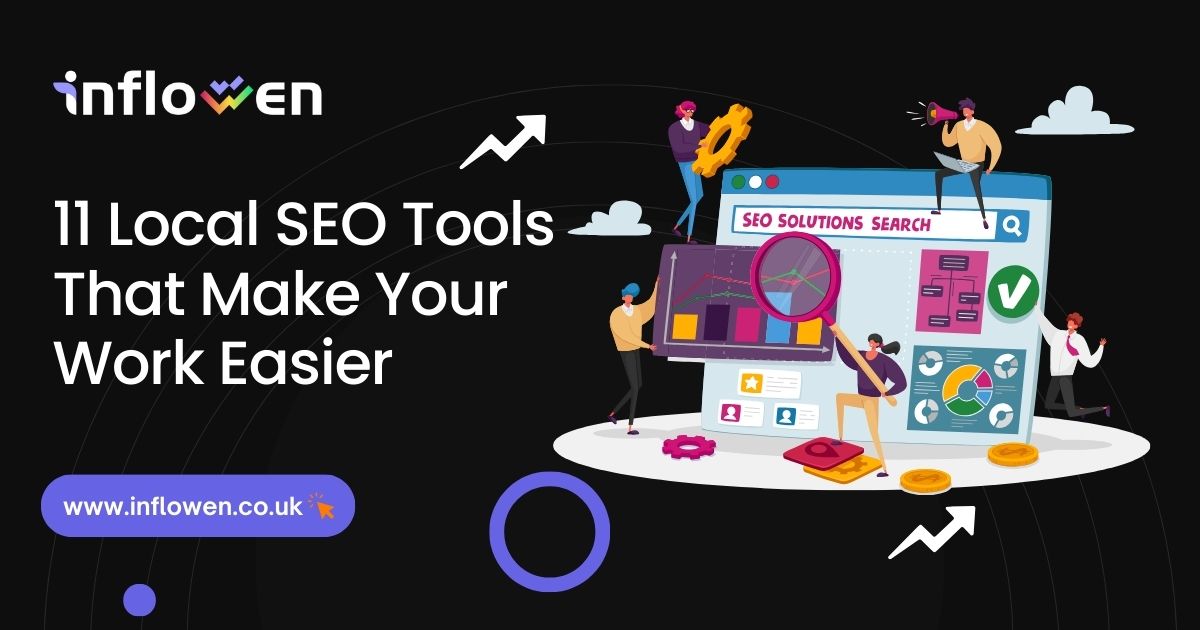Website design is the art and practice of crafting visually appealing, functional, and user-friendly digital experiences. It involves creating layouts, choosing colours, defining typography, and building navigational paths that enhance a user’s interaction with a site. As technology and user expectations advance, web design continuously evolves to meet these new demands.
In 2024, web design is witnessing significant transformations, influenced by both technological innovation and an increasing emphasis on user-centred experiences. Today’s websites strive not only for aesthetics but also for functionality, ensuring they meet the diverse needs of users across different devices. This shift towards inclusivity and user-friendliness is reshaping the principles that guide effective web design.
The rapid evolution of web design trends highlights the importance of adopting user-focused practices and emerging technologies. These trends encompass everything from AI personalization to immersive 3D elements, all aimed at creating richer, more intuitive interactions. By embracing these trends, businesses and designers can enhance engagement, improve user satisfaction, and stay competitive in the digital landscape.
1. AI-Driven Personalization
AI-driven personalization tailors website content and features to individual user preferences. In 2024, this trend is gaining traction as users increasingly expect customized experiences. For example, AI can adjust a site’s layout based on a user’s browsing history or show content that aligns with their interests.
This approach not only enhances the user experience but also increases engagement. By delivering relevant content, AI-driven websites keep users on the site longer, improving conversion rates. For website owners, the benefit lies in building stronger connections with their audiences, as personalization fosters brand loyalty.
Moreover, implementing AI-driven personalization is now more accessible, thanks to advanced tools and plugins. Websites adopting this trend can enjoy enhanced analytics, better content delivery, and a more immersive experience for users, setting a new standard in the digital realm.
2. Immersive 3D Elements
Immersive 3D elements create an interactive experience that draws users in by adding depth and realism to digital design. This trend is becoming increasingly popular as modern devices handle high-quality graphics smoothly, allowing websites to integrate 3D models without compromising performance.
3D elements captivate visitors, encouraging them to engage more deeply with content. For example, a product website might allow users to view items from multiple angles, enhancing their decision-making. Such immersive features make websites more memorable and user-friendly, distinguishing them from competitors.
Website owners benefit from immersive 3D as it promotes longer browsing times and boosts conversions. While designing 3D elements can be resource-intensive, the potential return on investment through higher engagement rates justifies the initial effort.
3. Minimalist Aesthetics with Bold Accents
Minimalism remains a strong trend, but in 2024, it’s being reinvented with bold accents. Clean layouts paired with vivid colours or striking typography provide a visually appealing, distraction-free experience while still capturing attention.
The reason for its popularity lies in the clarity it offers; minimalist designs allow users to focus on essential information without overwhelming visuals. This approach improves readability and site navigation, making the overall experience smoother and more enjoyable.
For website owners, minimalist designs with bold accents can help create memorable brand aesthetics that stand out. By emphasizing specific elements through contrasting colours or unique fonts, businesses can guide users’ focus strategically, aiding in conversions.
4. Dark Mode and Low-Light Interfaces
Dark mode reduces screen brightness by using a darker colour palette, easing eye strain, particularly in low-light conditions. As user preference for dark themes grows, many websites now offer a dark mode option, making it a trend worth adopting.
Beyond user comfort, dark mode conserves device battery life, making it a practical choice for mobile users. For website owners, implementing dark mode can improve user satisfaction by giving visitors control over their browsing experience.
Furthermore, the aesthetic appeal of dark themes can enhance the visual quality of certain types of content, especially media-rich websites. This trend reflects a user-focused approach, aligning with broader inclusivity in web design.
5. Micro-Interactions and Animations
Micro-interactions, like buttons changing colour on hover or subtle animations, provide feedback and make websites more engaging. In 2024, these elements are essential for enhancing user experience by making sites feel responsive and interactive.
These small interactions keep users informed and engaged, improving navigation and overall usability. By guiding users subtly, micro-interactions contribute to a more intuitive experience, reducing the cognitive load associated with complex tasks.
Website owners benefit as well, as interactive sites often experience lower bounce rates. Micro-interactions foster a sense of seamless engagement, encouraging users to spend more time exploring the content.
6. Sustainable Web Design
Sustainable web design focuses on minimizing environmental impact by reducing resource usage. This trend is gaining traction as businesses and users become more environmentally conscious, looking for ways to reduce digital carbon footprints.
From compressing images to reducing server load, sustainable practices contribute to faster, more efficient websites. For site owners, these optimizations not only benefit the planet but also improve page load speeds, a factor that positively impacts SEO.
Embracing sustainability in web design positions brands as responsible and forward-thinking, appealing to eco-conscious users and creating a positive brand image.
7. Voice User Interface (VUI)
Voice User Interfaces (VUIs) allow users to interact with websites using voice commands, enhancing accessibility. This trend is particularly beneficial for mobile users and those with disabilities, making websites more inclusive.
The popularity of voice search and smart speakers is driving the adoption of VUIs. Website owners who integrate VUI functionality can reach a broader audience by catering to voice-first users, making sites more accessible.
Adding VUI also improves SEO, as voice queries often have specific search intent, enabling websites to capture more organic traffic through voice-optimized keywords.
8. Augmented Reality (AR) Integration
Augmented Reality (AR) provides interactive, real-world overlays, allowing users to visualize products or spaces before purchasing. For example, an AR feature might enable users to “try” furniture in their room, creating a more informed shopping experience.
AR enriches user engagement by providing a hands-on experience, which is why it’s trending for e-commerce and service-based sites. For site owners, AR can lead to higher conversions as it reduces the uncertainty associated with online purchases.
As AR becomes more accessible, integrating it into web design can help businesses stand out and offer added value, improving customer satisfaction.
9. Neumorphism
Neumorphism blends traditional flat design with skeuomorphic elements, creating soft, extruded shapes that appear tactile. This trend brings a modern, minimalist look while adding subtle depth, enhancing the user experience visually.
Neumorphism is popular due to its balance of realism and simplicity. By using shadow and light, it creates a sleek and intuitive interface that appeals to users looking for clean yet visually engaging designs.
For website owners, neumorphic designs provide an innovative look that can elevate brand identity, making interfaces feel more interactive without overwhelming users.
10. Inclusive Design
Inclusive design ensures that websites are accessible to everyone, regardless of abilities. This includes using colour contrasts, keyboard navigation, and screen reader compatibility, making websites accessible for users with visual or motor impairments.
With accessibility standards becoming mandatory in many regions, inclusive design is more than a trend—it’s a necessity. It reflects a brand’s commitment to inclusivity, expanding reach to a broader audience.
For site owners, investing in inclusive design improves user experience and reduces legal risks, positioning the brand as socially responsible and user-centered.
What is the next big trend in web design?
The next big trend in web design is immersive experiences, driven by AI personalization and augmented reality (AR). These features deliver tailored, interactive journeys that engage users more deeply.
As technology advances, these immersive elements will allow websites to offer unique, dynamic experiences, enhancing customer satisfaction. Brands that implement these features will stand out, building stronger connections and driving conversions.
What is the most important web design trend for 2024?
AI-driven personalization leads as 2024’s most significant web design trend, providing customized user experiences that increase engagement and conversion rates.
This trend allows websites to adapt in real-time based on user behavior, offering content and layouts that feel uniquely tailored. Personalization not only enhances user satisfaction but also fosters loyalty by meeting individual needs effectively.
How can I make my website more user-friendly?
To make your website more user-friendly, focus on these key aspects:
- Simplify Navigation: Use clear menus and logical page structures to help users find information quickly.
- Optimise Loading Speed: Compress images, enable caching, and reduce redirects to ensure fast load times.
- Ensure Mobile Responsiveness: Design for various screen sizes, making sure the site adapts smoothly across devices.
- Use Clear Call-to-Actions (CTAs): Guide users with prominent, action-oriented buttons that encourage engagement.
- Prioritise Readability: Choose easy-to-read fonts and ensure good contrast between text and background.
- Implement Accessible Design: Include alt text for images, keyboard-friendly navigation, and screen reader compatibility.
- Add Helpful Micro-Interactions: Use small animations or changes on buttons and links to provide feedback and enhance engagement.
- Minimise Pop-Ups and Distractions: Avoid intrusive pop-ups and excessive ads, focusing on a clean, user-focused experience.
These steps make navigation and interaction straightforward, encouraging users to stay on your site and explore further.
Why is mobile-first design essential?
Mobile-first design is essential as it ensures websites perform well on mobile devices, which account for most web traffic. It also supports Google’s mobile-first indexing, boosting SEO and user experience.
Focusing on mobile-first creates a streamlined experience that loads quickly and adapts to smaller screens, catering to today’s mobile-centric audience and improving accessibility across devices.
What are the best tools for creating a responsive design?
Leading tools for responsive design include Bootstrap, Adobe XD, and Figma, each allowing designers to create adaptable layouts for various devices and screen sizes.
These tools offer flexibility and ensure websites deliver a seamless experience on any device, enhancing user satisfaction and accessibility by adjusting to all viewing formats.
How to design a website from scratch?
Start designing a website from scratch by defining your goals, creating a sitemap, and wireframing. Then, move to visual design and coding.
This process ensures each design decision aligns with your website’s objectives, resulting in a cohesive layout that supports user needs and meets business goals effectively.
Tusar Ahmed is an SEO expert, he simplifies the complexities of SEO, Local SEO, and keyword strategies into engaging, easy-to-understand content. With a friendly and casual approach, he crafts articles that not only inform but also inspire action. Tune into his writings for a fresh perspective on boosting your online visibility!



